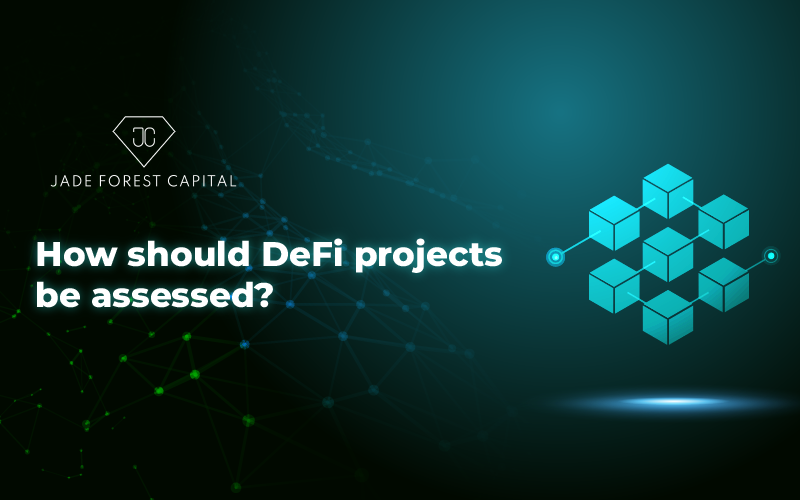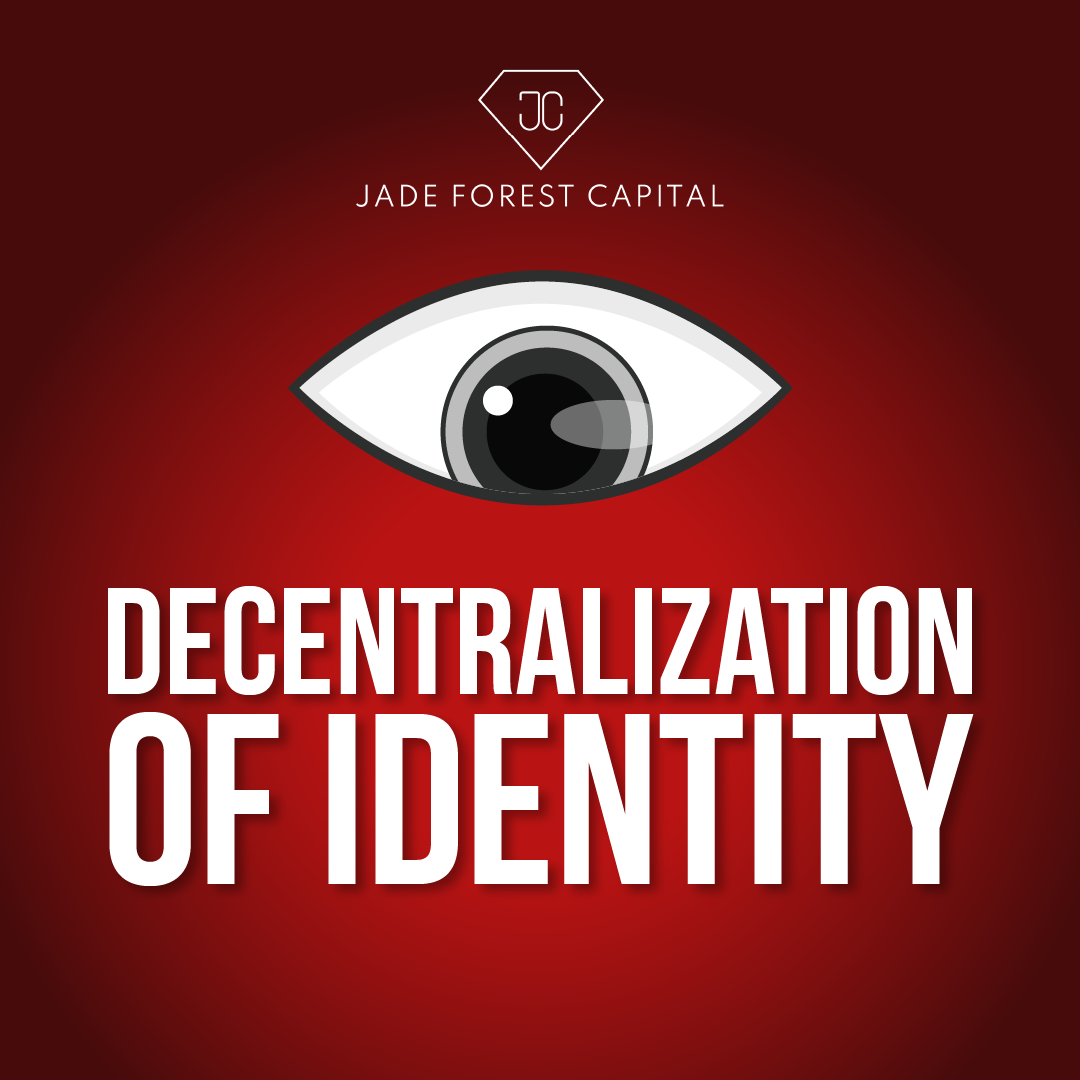The crypto market officially entered winter when BTC reached $16,000 and the bankruptcy of FTX Exchange and Alameda Research led other exchanges to fall into default. As a result, many people may prefer Dex and Defi because they are decentralized and uncontrolled. However, there are still risks with DeFi and Dex. Jade Forest will walk you through the basic strategies to detect fraud in DeFi as a general guide to assist protect DeFi users and investors in this article.
Introduction
Decentralized finance (DeFi) is abundant with innovation. No matter how much you research and learn, new platforms will emerge, and you will not be able to master all of them.
Blockchain, by its nature, is decentralized. In other words, they are entirely “public” to use, develop, and continuously create projects on them. We don’t need anyone’s permission, and there will be no third-party intervention or government oversight. While these are some incredibly unique and positive traits, they are not without risks and drawbacks.
In theory, anyone can build a project, even if it is a scam or misleading projects. As a result, there is no way to prevent these fraudulent projects from spreading on the blockchain network. However, technically, we, as a community, may identify some common patterns to separate scam projects and assist us in finding a breakthrough project.
To evaluate a Defi project, we need to know these following aspects:
- What is the purpose of the project?
This is a common question for many people, especially if you’re new to the DeFi space.
While the blockchain platform is brimming with exciting new developments, the majority of crypto assets don’t bring anything new. In fact, many new projects simply aim to grab attention by using the DeFi name without even trying to innovate.
So the question is, what is this project trying to do? Is there any innovation? Are they trying to contribute to the new digital economy with their project? How is it different from its competitors? Is there a unique value proposition? What is the project’s competitive advantage?
These are very simple, common-sense questions. However, by asking these questions, you can already weed out a good portion of scams.
- Development process
Another aspect to look at is the development process. DeFi has the features of Open Source Software.
So, if you know a bit about coding, you can learn about their code on your own. If you are unfamiliar with coding, you can conduct research and find information about the project on websites. If the project is interesting enough, many people will talk about it and analyze it; otherwise, the project will not be attractive to users. This might assist you in immediately identifying bad projects.
Furthermore, you can look at the development process to see whether the developers regularly bring new code (typically, the updated version of the code is put on the project’s github). This is how we can find out if the project is for real or if developers just want to make a quick buck.
- Smart contract audits
Smart contracts and DeFi projects are frequently audited to ensure code security. Although auditing is an essential part of smart contract development, many developers deploy their code without any audits. This might significantly increase the risk in using smart contracts.
It should be noted that audits are often expensive. As a result, legitimate projects will typically afford to pay for the audits but most scam projects won’t bother.
So, if a project has been audited, does that mean it is completely safe to use? No, because auditing is required, but no audit is equivalent with full security. Always be aware of the risks of depositing your funds into a smart contract.
- Is the project’s founder anonymous?
In blockchain and cryptocurrencies, everyone might remain anonymous or use Internet-generated nicknames. After all, we’ll likely never know the identity of Satoshi Nakamoto, the person who invented Bitcoin.
However, projects developed by anonymous founders pose a risk that everyone needs to consider. If they turn out to be scammers, remaining anonymous allows them to avoid taking responsibility. Although on-chain analytics tools are becoming more complete, identifying founders are reputable and their identity is tied to real-world terms, ensuring that projects with exposed teams will be more reputable than anonymous projects.
However, not all projects led by anonymous teams are scams, since there are many legitimate projects developed by anonymous teams out there. Remember that the answer to the question “Is it difficult for projects with anonymous founders to be held accountable for malicious behavior?” is “Yes”.
- How are the tokens distributed?
What happens if 40-50-60% of the circulating supply gets sold on the open market? The token price drops, losing almost all its value. While a significant founder allocation isn’t considered a red flag, it can lead to many problems. In addition to allocations, you need to consider how the tokens are distributed.
Token distribution models have a lot of nuances to consider. In many cases, it’s difficult to get full information of how the tokens are distributed. However, the lack of transparency in the way tokens are distributed can be seen as a sign of danger. If you’d like to get a full picture of the project, this is absolutely essential information.
- Signs of a “Rug pull” scam
Yield farming (or liquidity mining) is a new way to launch DeFi tokens. Many new DeFi projects use this method as it can create some favorable metrics for the project. The idea is that users lock their funds into smart contracts and get a portion of the newly minted tokens in return.
Therefore, some projects will just outright take the funds in the liquidity pool. Some will use more sophisticated methods, or have a huge pre-mine.
In addition, new altcoins often get listed on automated market makers (AMM) such as Uniswap or Sushiswap first. If the project team is providing a good portion of the liquidity for the market pair on the AMM, they can remove it and dump the tokens on the market. This typically results in the token price essentially going to zero. There basically isn’t a market left to sell in, this is often called a rug pull.
Conclusion
Here are six tips from Jade Forest Capital to help you evaluate and select a safe DeFi project. Jade Forest Capital believes that this article will provide you with an overview of the DeFi market.


